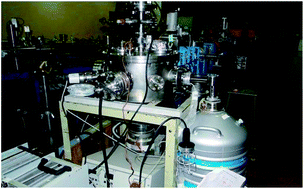Non-destructive quantification of total boron and its isotopic composition in boron based refractory materials by PIGE and an inter-comparison study using TIMS and titrimetry
Abstract
Boron based refractory materials such as boron carbide (natural and enriched), titanium based boron composites and borides of Zr, La and Ce are important neutron absorber materials for nuclear power reactors as control/shut-off rod and/or shielding materials. As a part of chemical quality control (CQC), it is essential to ascertain the mass fraction of boron as well as its isotopic composition (IC) in these materials by a suitable analytical method. In the present work, these materials have been analysed by Particle Induced Gamma-ray Emission (PIGE) using a 4 MeV proton beam from the Folded Tandem Ion Accelerator (FOTIA) at BARC, Mumbai, for simultaneous determination of the IC (10B/11B atom ratio) and total boron mass fraction determination. For total boron mass fraction determination an in situ current normalized PIGE method was used, with fluorine as the current normalizer. As a part of quality assurance, the IC of boron was determined by Thermal Ionization Mass Spectrometry (TIMS) and the total boron mass fraction was determined by a conventional titrimetry method. The results obtained by the PIGE method, its advantages and a comparison of the results obtained using the two conventional analytical methods are discussed in this paper.



 Please wait while we load your content...
Please wait while we load your content...